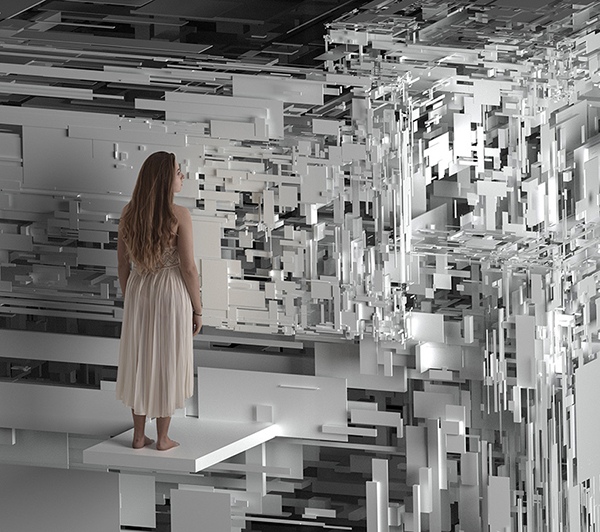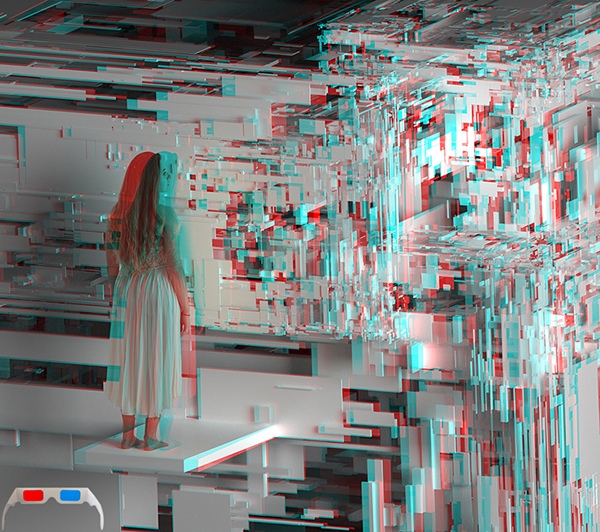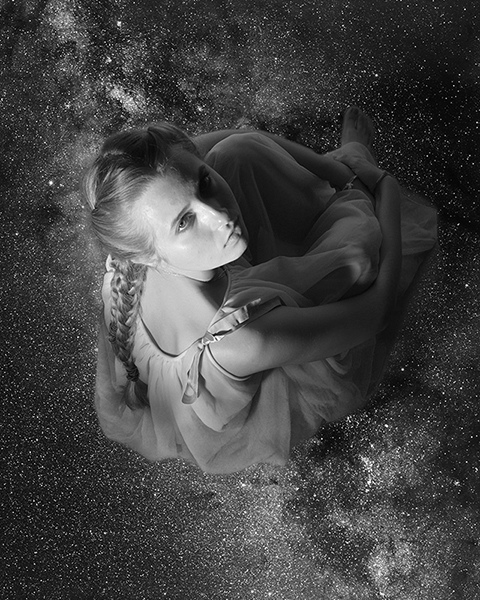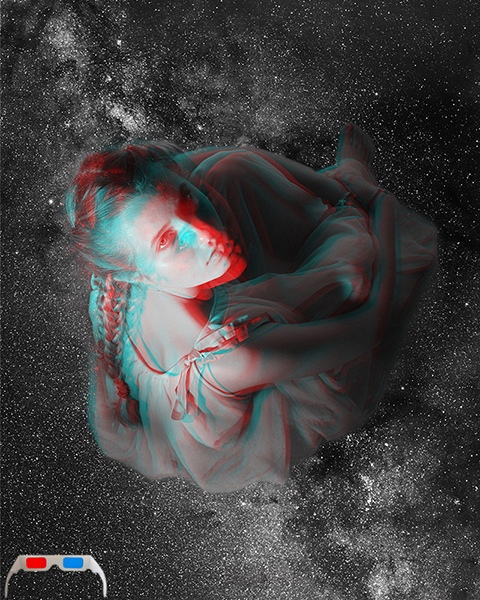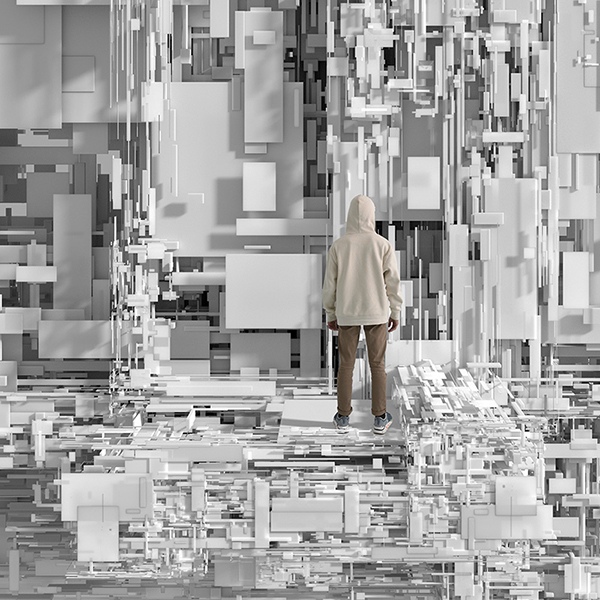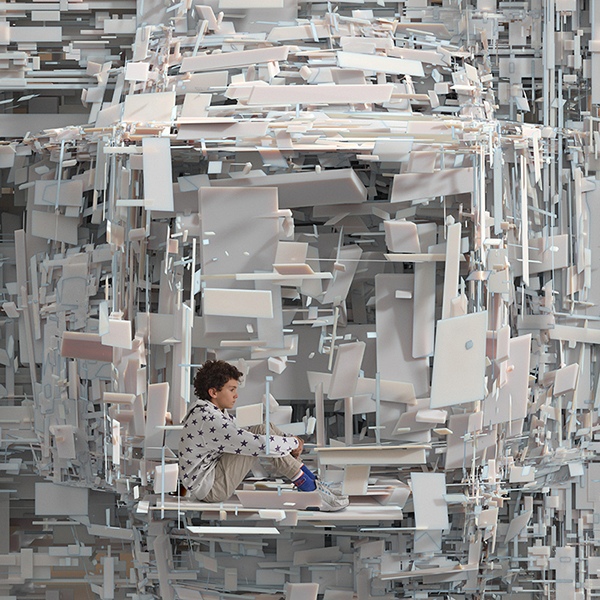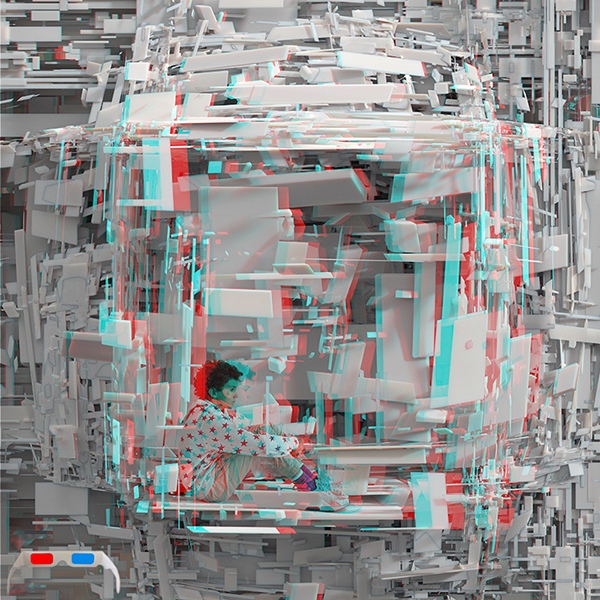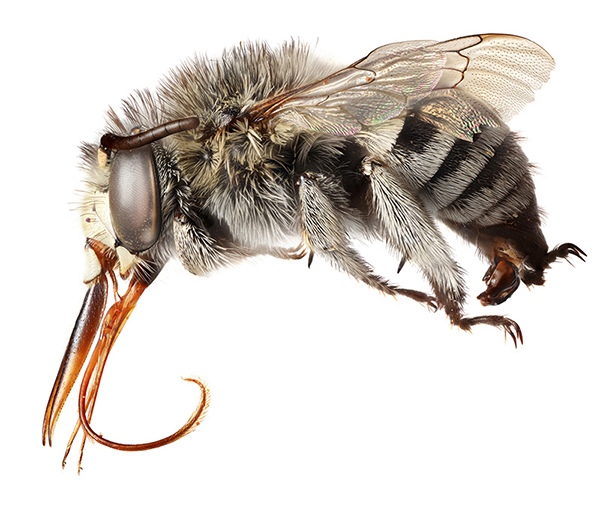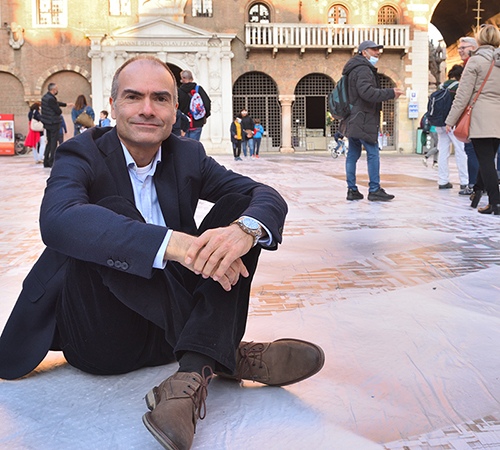
Marcel Clemens, Astrophysicist, and His Mastery of 3D Photography
From stars in the Milky Way to insects on Earth, an award-winning photographer, Marcel Clemens, has captured thousands of spectacular images. These images form a massive database and lay the groundwork for his photographic choreographic journey.
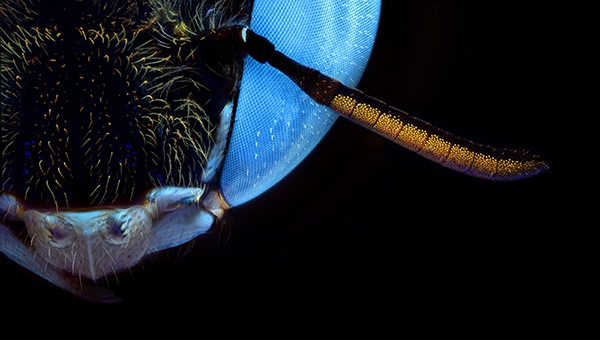
After leaving the world of astrophysics, he first pieced together images of insects to create large-scale composites that gave birth to his Little Giants exhibition. In this exhibition, viewers observe these insects more closely and better experience the wonders of nature.
Given the success of his Little Giants Exhibitions, Marcel took his images to the next level by creating a virtual 3D experience so that the audience may immerse themselves in a twisted, unreal world. In this virtual world, perspectives of distance and space change unexpectedly, making the audience feel disoriented. His first 3D installation of a 600 square meter mosaic in Piazza dei Signori, Verona, Italy had a great reception. His next one will be scheduled for May of this year.
The following interview with Marcel Clemens highlights the journey of a multitalented photographer and his take on 3D photography.
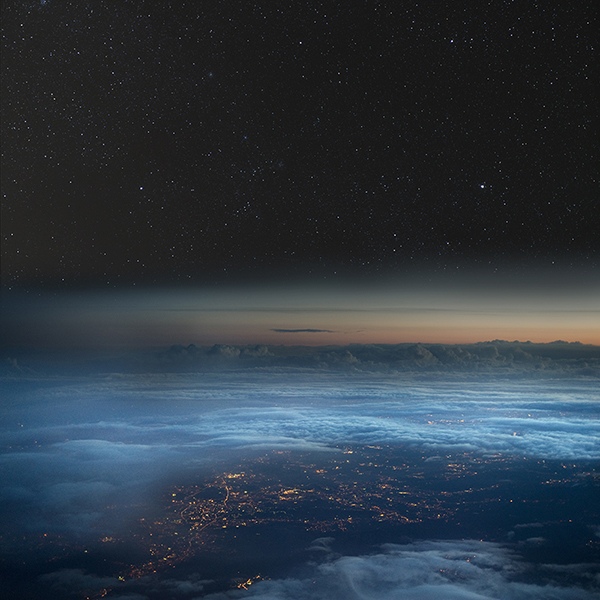
Q: You are a talented photographer who specializes in taking astronomical, micro, and 3D images. Please tell us about the path that led you to such an outstanding artistic career.
A: When I was at school I loved both art and science. I remember vividly the strain of having to choose my direction when I went to university. Science won, and I became an astrophysicist, but I have always found wonder in the aesthetic beauty of the Universe. Creativity is a necessary ingredient for great science and great art, and now that I have formally left the world of astrophysics I am funneling my creativity into producing images.
Q: You are a trained radio astronomer at Cambridge University and worked as an astrophysicist for nearly two decades. Has this background been useful in creating your images or is it just something that you’ve now left behind?
A: Although it would be an exaggeration to say that an astrophysics background has been critical in making my images, I would certainly say that it has been a great asset. Most of the data that I took during my research was for galaxies in the radio part of the spectrum, made with telescopes like the Very Large Array (VLA) in New Mexico. The datasets with which I worked normally had three dimensions; and although the third was velocity, rather than a spatial dimension, representing the data as a 3D figure helped visualise the dynamics of the galaxy. So I had a head start when I began making 3D images and a good familiarity with dealing with quite large datasets. It’s funny to think that the volume of data needed to make the large insect mosaics (hundreds of gigabytes) was actually larger than the typical size of a dataset from the VLA!
Q: What is 3D photography and why are you interested in it?
A: We are able to see the world in three dimensions because we have two eyes (if you cover one you will notice that you lose depth perception). The images formed on each of our retinas are slightly different because the scene was recorded from a slightly different angle. Our brain combines the information from these two perspectives to give us information about distance. 3D photography reproduces this effect on a flat screen or page. There are various ways to achieve this but they all involve two images being combined in some way.
Many of the implementations to display 3D images, like anaglyph (red/cyan overlay) or stereoscopy, have been around for many decades (almost 200 years for stereoscopy) but are still being used today. A nice example from the world of space exploration is the breathtaking 3D images being produced by the Perseverance rover on Mars. There is something absolutely magical, and often scientifically valuable about seeing something in 3D. If you cannot be there, or the object is too small or even virtual, the technique of 3D photography lets us truly see. It gives our brain the full input it was designed to interpret, and so we see a 3D image as “real” in a way that we will never see a 2D image.
Q: 3D photography is almost as old as photography itself. Is there some way in which you are doing something different or original?
A: I think so, yes. Firstly, with the microscope images, although producing 3D images is routinely done in the world of microscopy, what is new is doing this where a large mosaic of images are needed to cover the entire subject. Making a 3D image of something that fits within a single field of view is relatively straightforward, but doing it where many adjacent images need to be stitched together is much more difficult.
Secondly, my most recent 3D images combine virtual objects with real photographs so that I can, for example, place a real person in a 3D world. This is quite technical, as I have to match the virtual and real viewpoints rather carefully. Lastly, the presentation of the 3D images, as huge mosaics on the ground, is something that I have never seen before.
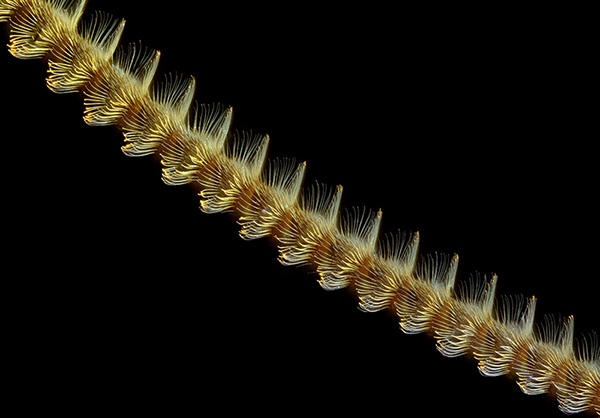
Q: Your Little Giants Exhibitions have been a great success. Please tell us more about these exhibitions and what factors made them so successful.
A: The Little Giants Exhibition was my first project after leaving astronomy. It displayed huge images (up to 4m high) of insects photographed under the microscope. I think an important part of its success is the fact that alongside the images the actual insect was displayed in a small perspex box. You could see the real thing and the image at the same time. The images required a huge amount of work, up to 9000 photos per image, and the next installment will include 3D images, meaning that double the number of photos need to be taken! Over 16,000 photographs were taken for the largest image, which will appear in the next installment of the exhibition in Rome (Coronavirus permitting!) in collaboration with La Sapienza university.
Q: Congratulations to you for your recent image, “Antenna of a moth (Catocala fraxini)”, winning the Image of Distinction award in the 2021 Nikon Small World Photomicrography Competition. Please tell us more about this image and what equipment you used when taking such an amazing image.
A: My photomicrography images are taken using a home-made support structure which allows me to hold the subject very still and move it by hundredths of a millimetre, and a microscope objective attached to a standard lens. This was my third “Image of Distinction”.
This year I experimented with ultraviolet fluorescence. Some materials glow under UV light, including certain structures in insects (e.g., bee’s eyes fluoresce cyan or green). As I was experimenting with my DIY modified flash
unit I noticed that the hairs on the antennae of the moth glowed orange at their tips. I don’t know what chemical in them causes this to happen but perhaps the judges liked the strange “optical fibre” appearance as much as I did!
Q: Please tell us about your giant 3D mosaic work (in collaboration with Raffaella Tajoli) in Piazza dei Signori, Verona exhibited last October 2021.
A: This 600 square metre mosaic in Piazza dei Signori was in collaboration with the Italian Dyslexia Association, and was conceived to convey a sense of being lost by transforming the ground into an abstract 3D surface when viewed with red/cyan glasses. In some places the ground appears to fall away below your feet, in others it appears to rise up, and various real characters can be found ‘lost’ within the virtual world. Raffaella Tajoli (who curated the Little Giants exhibition) proposed using my 3D images based on fractals in a huge mosaic in the historic city centre, and arranged them into symmetric patterns. It was there for less than three days, but we had to start re-using the 3D glasses after 3000 had been given away by the end of day two. A video of the installation can be seen here:
https://www.facebook.com/watch/?v=1299373050576349
Q: Please tell us about your sources of inspiration: literature, artwork, places, etc.
A: Up until the project with insects, my inspiration has always been the natural world. If you make the effort or take the time to look through a telescope or through a microscope, it’s difficult not to be amazed by what nature is hiding. More recently, I have been driven by my own sense of being lost to some extent. My most recent images try to convey a sense of detachment between the digital society and the individual. I certainly feel a sense of being lost and alone in an ever more digital, ever less real world, even though my work is increasingly virtual.
Q: Do you have any upcoming events or projects that you would like to share with our readers?
A: Absolutely! Little Giants will next be in Rome, although there is still no date (thanks to Coronavirus). The 3D mosaic is expected to tour Italy, with the first stop tentatively in Viterbo in May 2022. In July 2022, a 35 square metre 3D installation will be exhibited in “Palazzo della Gran Guardia” in Piazza Bra, Verona, Italy. I’m really excited about this last venue as it will be the most prestigious venue to date in which my work has appeared.
*****
We are grateful for Marcel Clemens’ detailing of his amazing world of photography. You can check out his Instagram below to follow his work.
Marcel’s Instagram
